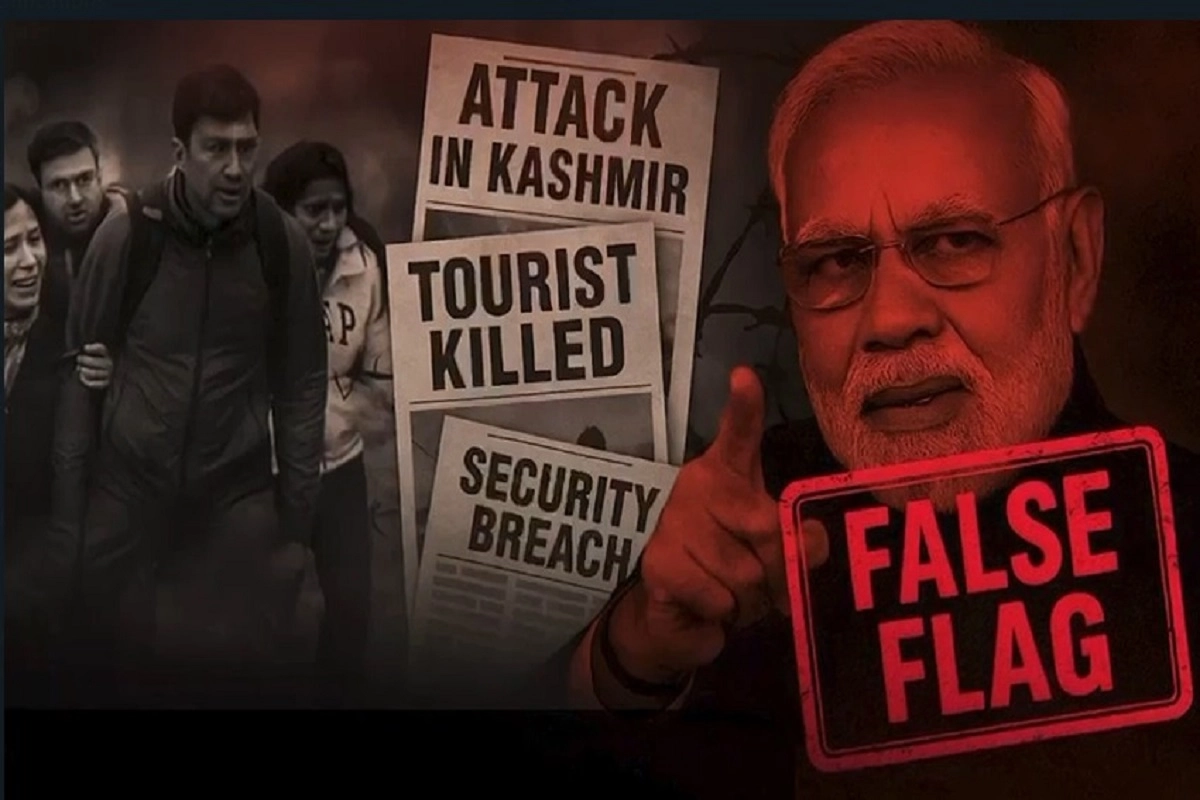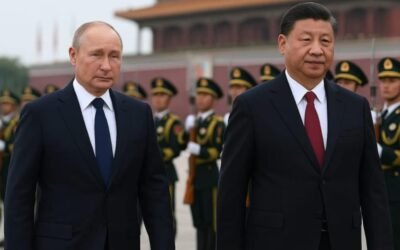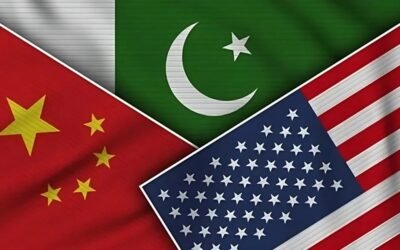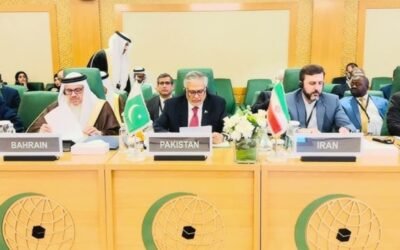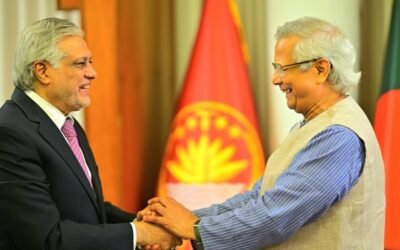How Indian Media and Jaishankar Spin the Pahalgam Attack to Fuel Anti-Pakistan Narrative
India’s External Affairs Minister S. Jaishankar recently gave a powerful speech in the U.S. where he blamed Pakistan for the tragic Pahalgam terror attack. The Indian news outlet The Hindu covered this event in great detail — but what’s interesting is not just what was said, but how it was reported.
Let’s take a closer look at both the speech and the reporting style, and how they together push a clear and dangerous message: turning Pakistan into the forever enemy, silencing Kashmir’s real issues, and presenting India’s aggressive actions as justified “defense.”
Turning a Tragedy Into a Political Weapon
The attack in Pahalgam was heartbreaking — 26 civilians lost their lives. But instead of treating it purely as a human tragedy, Jaishankar and The Hindu quickly frame it as an “economic warfare” tactic by Pakistan. According to the report, the goal of the attack was to hurt Kashmir’s tourism industry and provoke religious violence.
This wording isn’t neutral — it’s emotionally charged and politically motivated. It’s meant to stir anger and fear in Indian readers, painting Pakistan as not only violent but also as targeting India’s economy and religion.
But where’s the proof? Who confirmed the attackers’ motives? Did an investigation happen? There are no answers — just loud accusations.

Rewriting History in One Stroke
In the same article, Jaishankar goes as far back as 1947 to blame Pakistan for the Kashmir issue, claiming that terrorism began “within months” of independence. The Hindu repeats this claim without question — no context, no fact-checking, no mention of how the Kashmir conflict has many layers, including local grievances and human rights concerns.
This kind of historical oversimplification isn’t journalism — it’s storytelling designed to feed a nationalistic mindset.
“Operation Sindoor”: Military Action, No Questions Asked
The article proudly mentions “Operation Sindoor,” a military strike carried out by India inside Pakistan and Pakistan-administered Kashmir. We’re told it was in response to the Pahalgam attack — and that India destroyed “terror headquarters.”
But where is the independent reporting? Who verified these claims? Were civilians harmed? Were international laws followed? The Hindu doesn’t ask. It accepts the government’s version of events without hesitation — a practice that would never pass in credible journalism elsewhere.
If a Pakistani newspaper published a similar one-sided military success story without verifying facts, Indian media would call it propaganda.
Dangerous Language That Could Escalate Conflict
Jaishankar repeatedly talks about “no more nuclear blackmail,” suggesting that India is ready to respond to threats regardless of Pakistan’s nuclear status. The Hindu repeats this bold statement — again, with no critique or analysis.
What message does this send to the public and the world? That India is ready to take dangerous risks for the sake of appearing strong? This kind of talk might win applause at a U.S. event, but it only increases tension in an already fragile region.
A responsible media outlet would raise these concerns. Instead, The Hindu amplifies the message — normalizing the idea of cross-border military strikes and nuclear bravado.
Staging the Speech at the 9/11 Memorial: A PR Masterstroke
The entire conversation happened at the One World Trade Center in New York, near the 9/11 Memorial — a global symbol of terrorism. That’s not a coincidence. Speaking there was a deliberate attempt to compare India’s experience with terrorism to the U.S.’s.
This was a clever move: make India look like a victim of global terror, just like America. And again, The Hindu plays along — highlighting the emotional symbolism without noting the manipulation behind it.
What’s Missing: The Kashmiri Voice
Throughout the article, there is not a single word about what Kashmiris feel. No quotes from local leaders, no comments from people affected, no reflection on the ground realities in the region.
Why? Because including those voices would complicate the neat “India = victim, Pakistan = terrorist” narrative.
By erasing Kashmiri perspectives, the article helps the Indian government control the story completely, and ignores the real people caught in the middle.
A Word About The Hindu
The Hindu is seen as one of India’s most respected English-language newspapers. But when such a major outlet blindly echoes government talking points, it shows how even “serious” media can carry biased narratives — sometimes more effectively than openly right-wing outlets.
They don’t scream, they don’t sensationalize — but they still subtly support state propaganda by:
- Using government-approved language
- Failing to question bold military claims
- Ignoring alternate voices or inconvenient facts
This is more dangerous than loud nationalism. It gives the illusion of neutrality, while quietly pushing a one-sided story.
Final Thoughts
The tragedy in Pahalgam should have united us in mourning — but instead, it’s being used to fuel old hatreds. The Indian government and media, including platforms like The Hindu, are using every opportunity to demonize Pakistan, justify military aggression, and silence critical voices from Kashmir.
For Pakistani readers and the international community, it’s crucial to look beyond the headlines and ask:
Who benefits from this story?
Whose voices are missing?
And what truths are being hidden behind the rhetoric?
Because if journalism doesn’t ask questions, it’s not journalism — it’s a press release.

